Bill Daniel
Mostly True
Microcosm Publishing, 2008
Hummm, book? zine? scrapbook? film companion? Mostly True straddles all these things, introducing us to the cluttered archives (and head?) of Bill Daniel, itinerant film maker and boxcar graffiti aficionado. A rambling collection of letters, graffiti photos, fiction, news clippings, interviews and a collage of bits and pieces from turn of the 20th century railroad magazines, Daniel fully immerses us right into his hobo world. And what a treat!
The striking cover consisting almost entirely of a modernist masthead and a lonely Barry McGee graffiti writing character set the tone for the rest of the book, which draws visual inspiration from teens and twenties magazines but never falls into empty nostalgia. Instead we get a steady stream of both the old and the new, and a glimpse into how the hobo culture and art of the old days has helped inspire new forms and actions, and has been reinvented by contemporary artists, train hoppers and social rebels. Daniel’s film, Who is Bozo Texino, only hinted at this, giving us a glimpse of the merging of these cultures, but Mostly True throws open the doors. Train cars covered by modern day graffiti artists like Other, Labrona and Matokie Slaughter (Margaret Kilgallen) share space with interviews with old-timers like Herby and Bozo Texino. A long, in-depth interview with Colossus of Roads (buz blurr) bridges the gap between the two, sort of like a 1968er squeezed between today’s anarchists and yesterday’s Communist Party.

The use of blue (instead of black) ink on off white paper makes for a sharp looking publication that really stands out. The design fully complements this literal treasure chest of photos, scribbles, hand written notes, and hobo markings that must have been collected over a couple decades. Real advertisements from old magazines co-mingle with new ads for counter culture bookstores, coffee shops, art spaces and tattoo parlors across the country that have supported Daniel along the way.
It’s clear that freight trains once carried intense meaning in American culture, representing an both an industrial age that is past and a mode of transportation that once allowed for thousands of itinerant workers and work avoiders to travel for free across a massive expanse of country. Mostly True shows us what we’ve lost, but if I have one complaint about the book, it’s that it doesn’t really give voice to what the trains mean to people today. Beyond all the photos, how do today’s freight graffiti-ists and train hoppers come to terms with the shrinking rail system and increased surveillance in the yards? Does the freight culture of old actually give us hints for how to live free in the future, or simply trap us in a past we can’t get back to (and do we really want to)?
Ultimately, Mostly True introduces and acquaints us to yet another historical origin point of graffiti and public writing. In the age of endless and vacuous graffiti coffee table books with no written content and no sense of history beyond 1980s NYC subway cars (if that…), this is a massive breath of fresh air. Daniel doesn’t skim the surface, but puts us in the conductor’s seat. It’s a must for anyone interested in train culture, graffiti, hobos and living & making culture outside the lines.
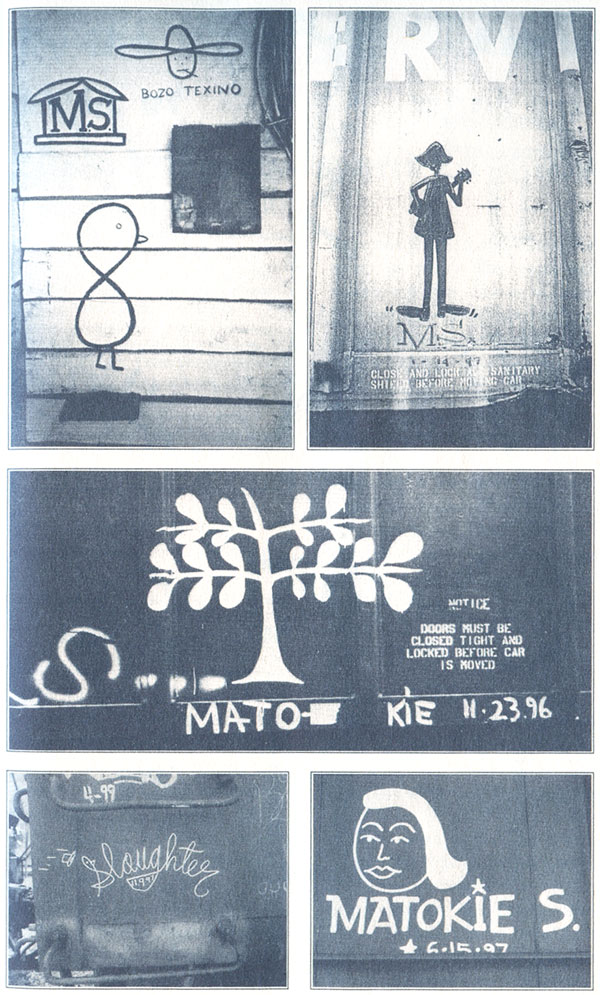
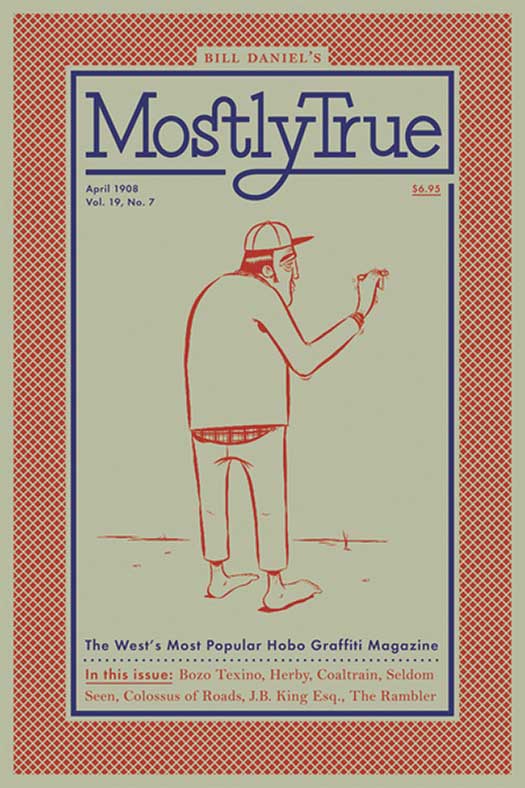




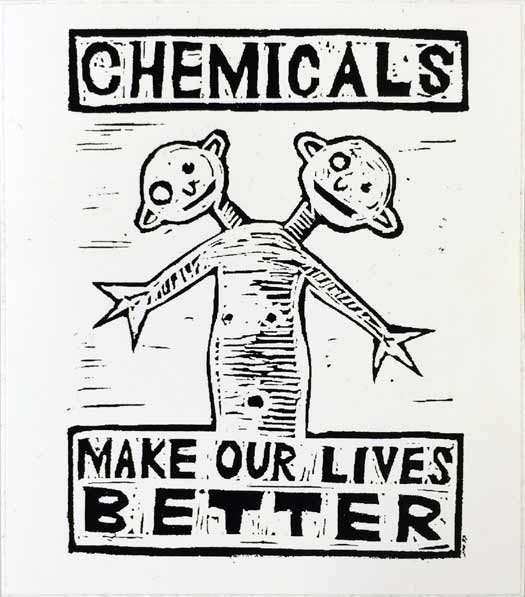
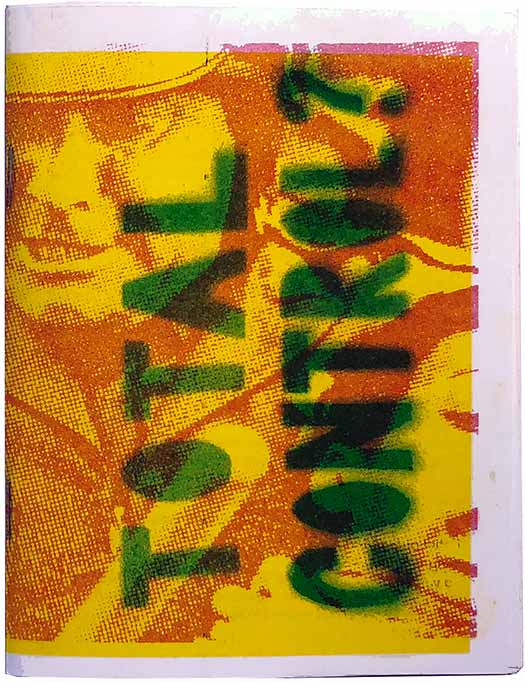
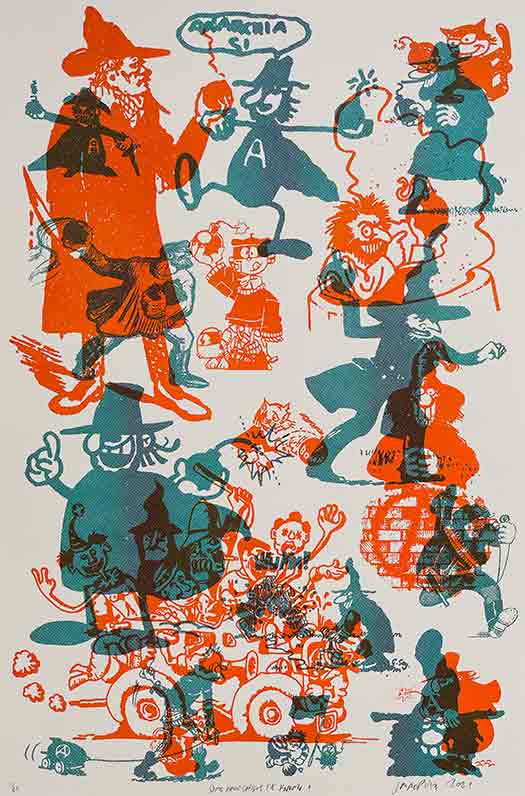
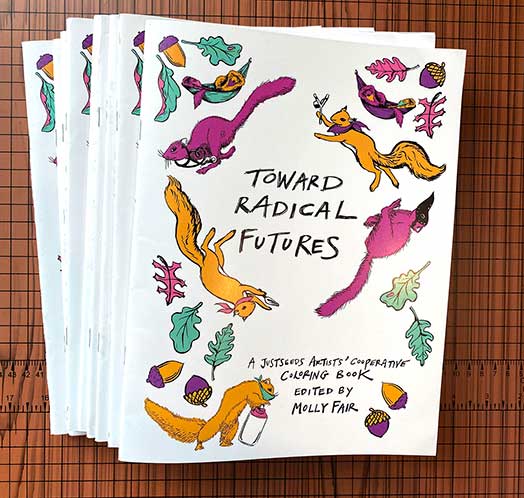
Well written Josh.
I got this when it came out and slowly made my way through it and, recently, finished my wanderings through Bill’s Mostly True. It is really well designed, my favorite aspects being the hand-lettered(?) chapter titles, the various old & new ad-layouts. The letters and stories kept me interested every moment I flipped through it and it reminded me about the ultimate liberty I found while wandering and riding freight trains. I found myself a bit reminiscent about times when I had fewer obligations and more rambling.
With that said I’m not on good ground to respond to Josh’s “problem” of the book. Despite the changes of our society and culture I find the examples and philosophies in Bill’s book alive today and continuing. Hobo culture and survival is all very practical, teaching self-reliance at times and cooperation in others, skills that mainstream culture is very limited in teaching.
While the experience is incredibly liberating, I think many of the examples in the “current” culture to be “escapist”, so its “hints for how to live free in the future” should be critiqued in specific ways. It also raises the theme of living “off the trimmings” of the system and not putting our eyes on the real prize, “what we actually deserve.” I could go that direction for a long time, which I don’t have, so.
It is refreshing for a book to be written by a participant and community member, which is contrasted by so many other books produced by ethnographic photographers or cultural gatekeepers that seem to skim the surface and identify the more superficial motivations, purpose, and aesthetics.
And when I flip through it again, I’ll refresh more of the points I was hoping to make in a “review”